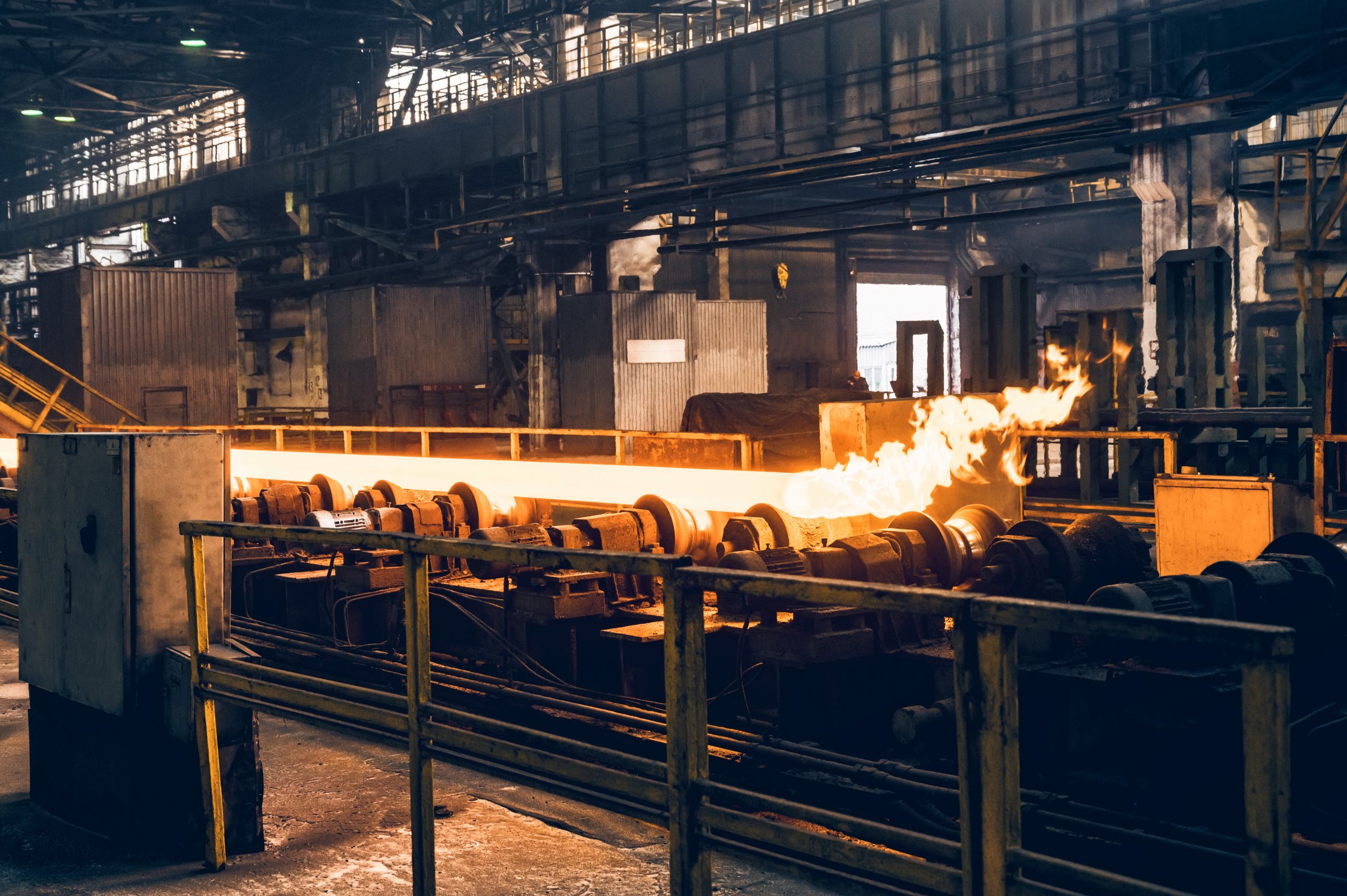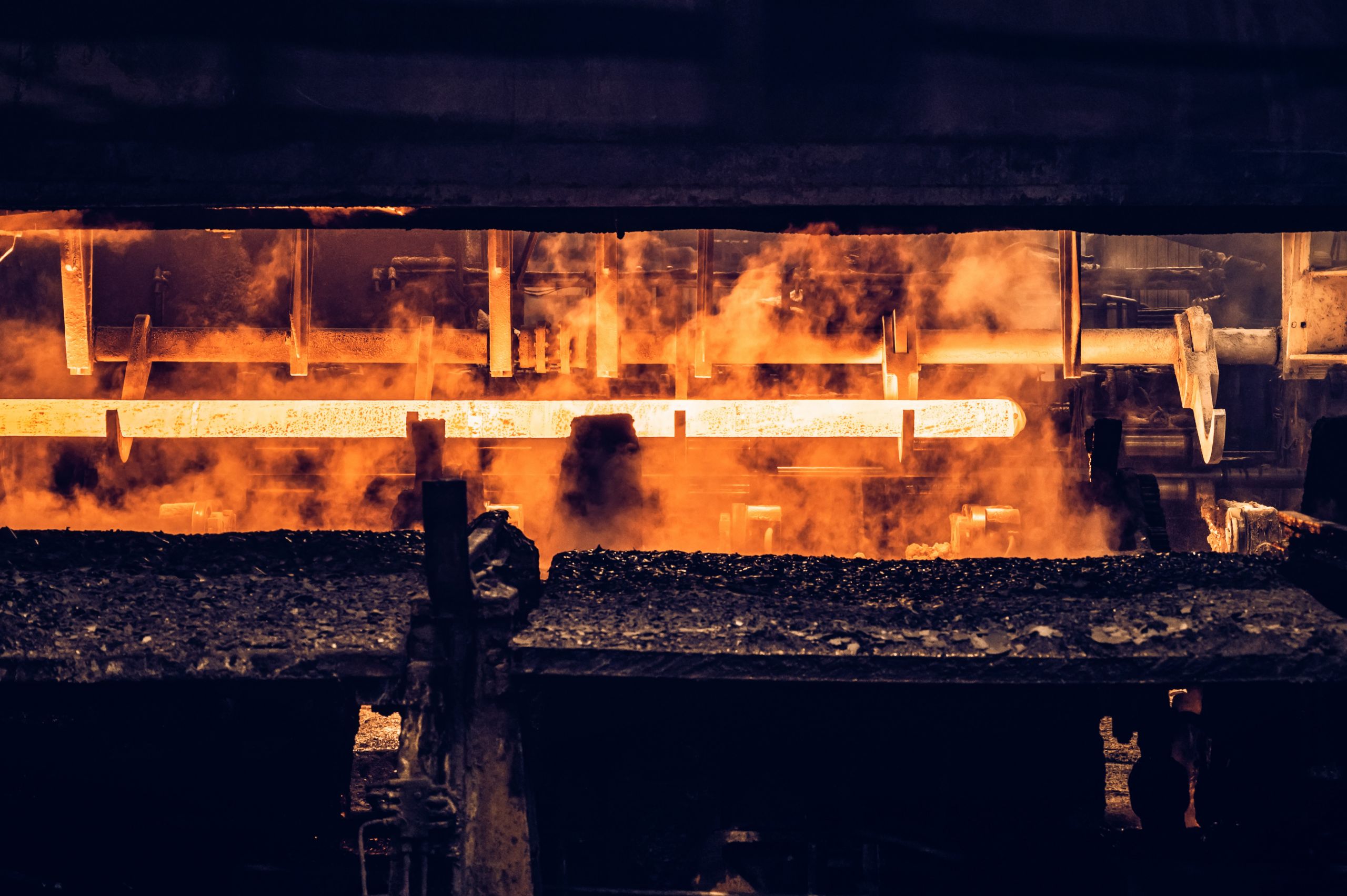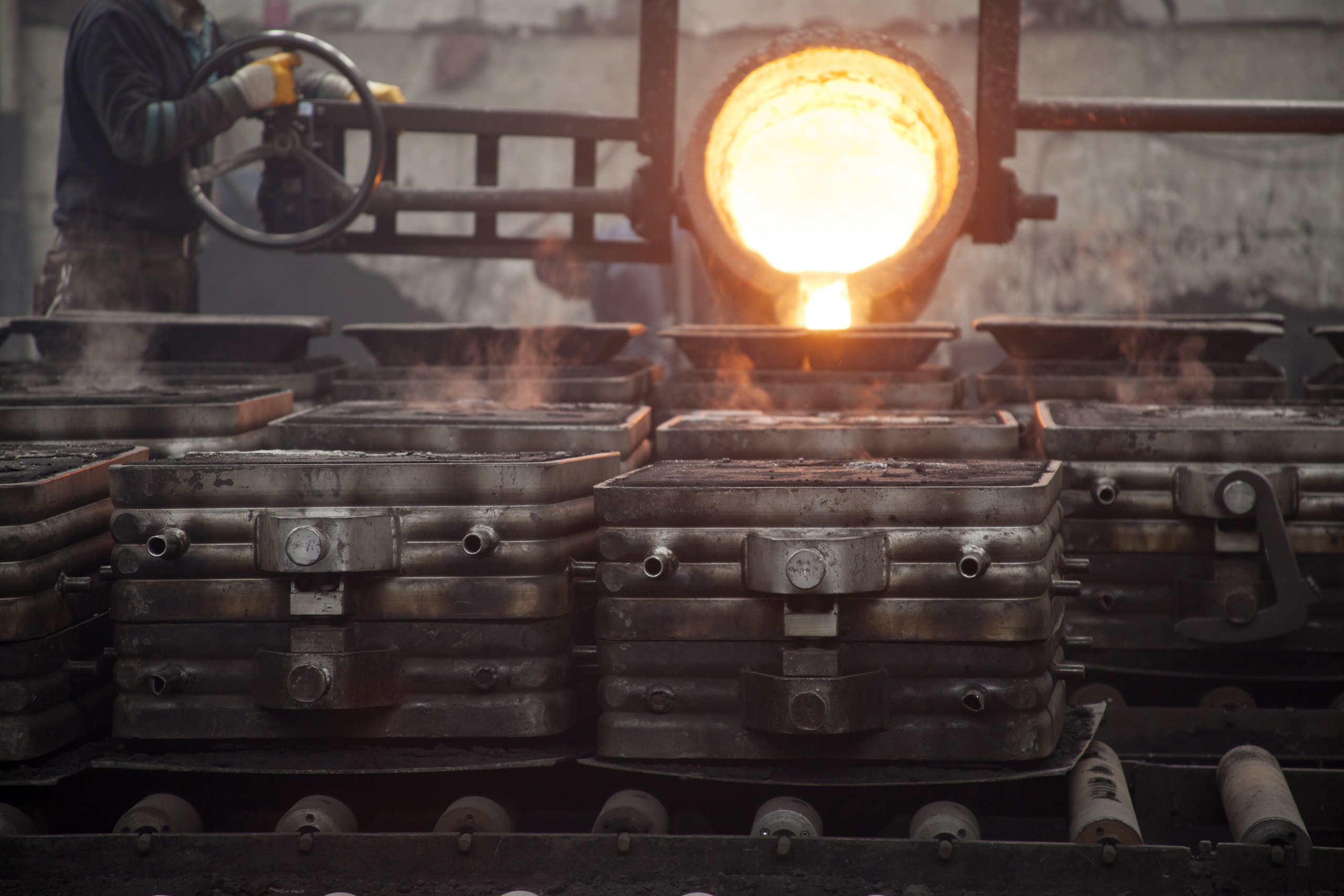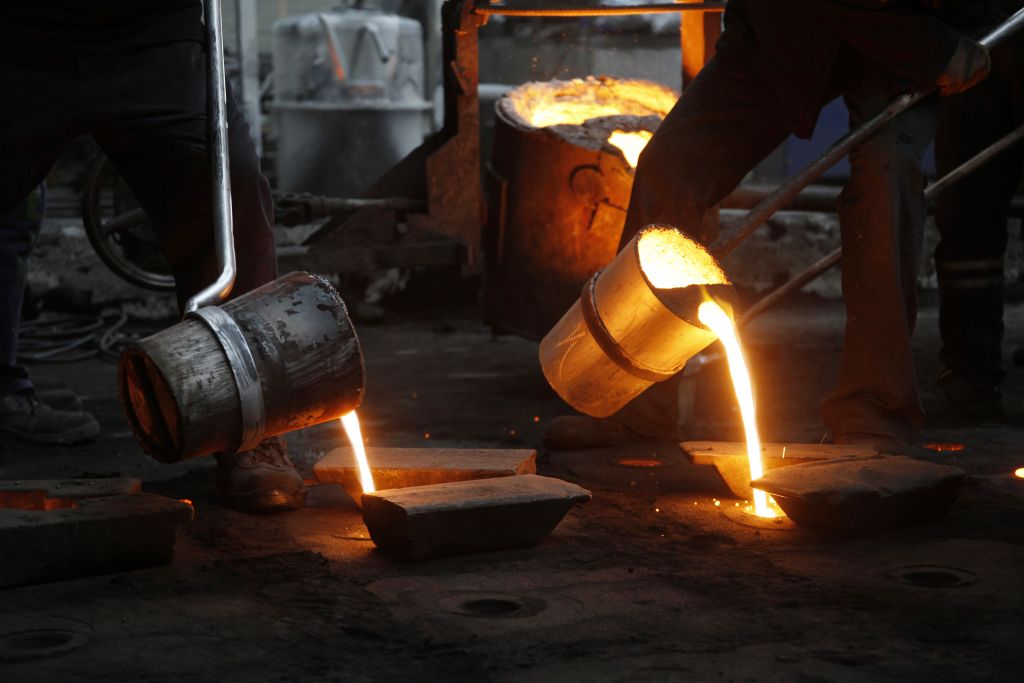Intro
The steel industry, a critical sector that underpins modern society, plays a vital role in numerous areas such as construction, transportation, manufacturing, and energy. This industry is responsible for manufacturing a wide range of steel products, including sheets, coils, bars, and tubes, among others, which are integral to various applications.
The steel production process encompasses several stages, from raw material extraction to ironmaking, steelmaking, and casting, each requiring precise execution and quality control.
However, the steel industry faces a multitude of operational challenges. Firstly, it must strive to maintain high levels of productivity while simultaneously minimizing its environmental footprint. This involves addressing issues such as energy consumption, greenhouse gas emissions, and waste management throughout the production lifecycle. Furthermore, ensuring the safety and well-being of workers in this physically demanding and potentially hazardous environment is of utmost importance.
In this blog post, we will delve into some of the most common operational challenges faced by the steel industry. We will explore how technology and innovation are transforming the landscape, providing solutions that enhance efficiency, reduce environmental impacts, and prioritize worker safety. Through the application of cutting-edge advancements, the steel industry is evolving and paving the way for a more sustainable and responsible future.
The 5 core Challenges of the Steel and Iron Industry
Extreme operating conditions:
High-temperature vessels in the steel industry are subjected to harsh and demanding operating conditions, including high temperatures, pressure, and corrosive environments. These conditions pose challenges for inspection methods and equipment, as they need to withstand these extreme conditions while providing accurate and reliable data.
Safety Risks:
Inspecting high-temperature vessels involves working in hazardous environments, with potential risks of heat-related injuries, exposure to harmful substances, and the possibility of accidents. Ensuring the safety of inspectors and providing appropriate protective measures is crucial to prevent injuries and maintain a safe work environment.
Downtime Impact:
Unplanned downtime for inspection and maintenance can significantly disrupt steel production operations, leading to reduced productivity and increased costs. Balancing the need for thorough inspections with minimized downtime is a challenge that steel industry professionals face.
Corrosion and wear:
Steel production uses a variety of materials that are susceptible to corrosion and wear. Regular inspections are required to detect and prevent damage from this problem, which can lead to equipment failure and downtime. Since it is a broad problem, time and accuracy are limiting factors when assessing this problem
Overcoming the Challenges with Digital Data
To overcome these challenges, the steel industry is increasingly adopting advanced technologies and approaches. For example, remote inspection techniques, such as robotics and drones, can access confined spaces and high-temperature areas, reducing the need for human entry.
Additionally, the use of advanced sensors, data analytics, and predictive maintenance solutions can help monitor asset integrity, detect anomalies, and schedule maintenance proactively, reducing unplanned downtime.
Overall, addressing the challenges related to inspecting high-temperature vessels in the steel industry requires a combination of innovative inspection methods, advanced technologies, and a strong commitment to worker safety and asset integrity management.

By combining these methods, steel mills can ensure that their equipment is operating safely and efficiently in a most accurate and faster manner.
Fill out the forms to understand Vidya’s approach to ensure optimal Integrity Managament
Conclusion
The steel industry presents many challenges when it comes to inspecting and maintaining equipment in harsh and hazardous environments. However, with the use of modern inspection technologies, such as drones and remote sensors, and the adoption of hybrid inspection approaches, steel mills can improve safety and efficiency while reducing downtime and production losses.

Technology and innovation have made it possible to achieve greater efficiency and safety in this vital sector. With ongoing investment in inspection technologies and innovative approaches to maintenance and operations this industry can deliver more agility, productivity and efficiency in their operations.


